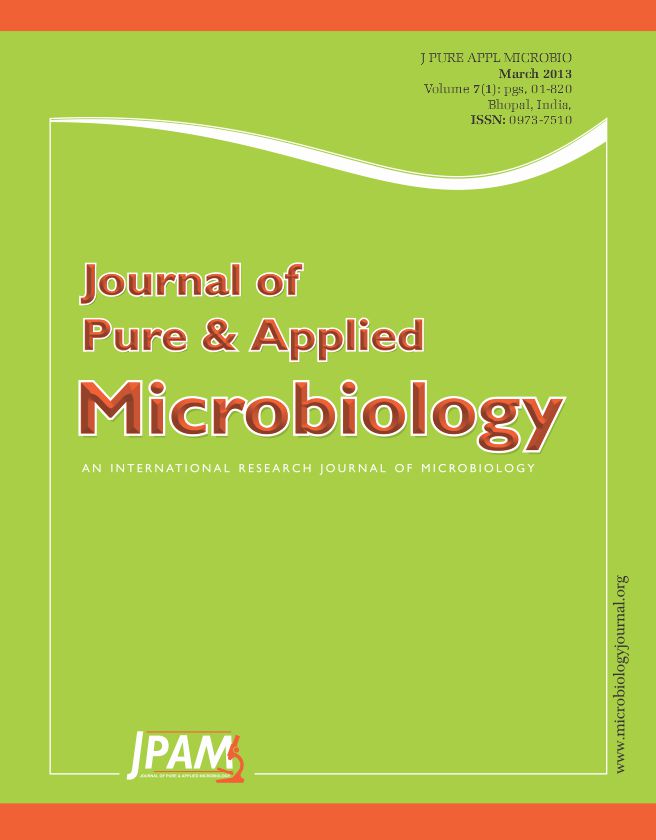The fungal strains were isolated from the dead termites collected around Mudigere taluk, Western Ghats of Karnataka. The isolated fungal cultures were inoculated for three species of termites and mortality was recorded. Initially Odontotermes wallonensis termite was exposed to entomopathogenic fungus at different time intervals. The analysis showed the termite mortality was initially low but gradually increased and highest was found at 36 – 48 hours of exposure period. Among four fungal isolates screened B. bassiana and M. anisopliae showed 100 % of mortality of termites, compared to Penicillium notatum and Aspergillus flavus lowest LT 50 values. Odontotermes brunneus also showed similar results with high mortality at 36- 48 hrs of exposure period, among four isolates B. bassiana and M. anisopliae showed high mortality at 60 hours exposures, with lowest LT 50 values. In Odontotermes obesus initially the mortality was low but as the time advanced gradually the mortality of termites were also increased and it was peak at 36-48 hours of exposure. It is concluded that among fungal isolates B. bassiana and M. anisopliae is effective entomopathogenic fungus which cause death of termite, hence can be used as good bio- pest to control termite population.
Entomopathogens, Fungus, Termites, Mortality
© The Author(s) 2014. Open Access. This article is distributed under the terms of the Creative Commons Attribution 4.0 International License which permits unrestricted use, sharing, distribution, and reproduction in any medium, provided you give appropriate credit to the original author(s) and the source, provide a link to the Creative Commons license, and indicate if changes were made.


